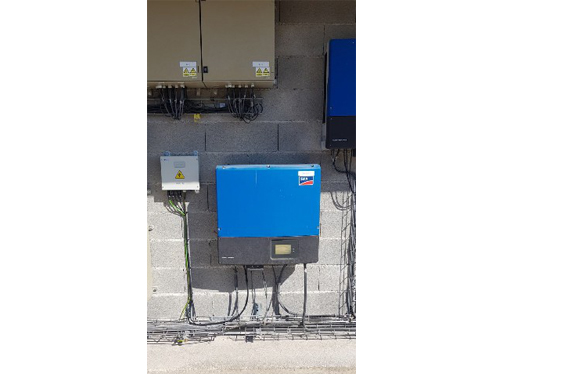Jan 18, 2021
PID (Potentian Induced Degradation) is a potential induced degradation phenomenon, first discovered by SunPower, which refers to the long-term exposure of modules to high voltages that cause leakage currents between the glass and encapsulation materials and the accumulation of large amounts of charge on the cell surface. This deteriorates the passivation effect on the cell surface, resulting in lower fill factor (FF), short circuit current (Isc) and open circuit voltage (Voc), making the module's performance lower than the design standard and reducing its power generation capacity.
Externally, it can be due to humid conditions, and also due to contamination of the module surface with conductive, acidic, alkaline, and ion-bearing objects, which can also occur as a result of attenuation and lead to leakage currents. On the system side, the inverter grounding method and the position of the modules in the array determine whether the cells and modules are subject to positive or negative bias. The actual operation of the plant and the results of the study show that if all the modules between the middle module in the row and the negative output of the inverter are under negative bias, the PID phenomenon becomes more pronounced the closer the modules are to the output. The PID phenomenon is not obvious if all the modules between the middle module and the positive output of the inverter are under positive bias. In the case of cells, uneven cell resistance is caused by uneven cell counts; the increase in cell resistance used to optimise cell efficiency makes the cells more susceptible to decay, leading to a tendency for PID effects to occur.

The main methods used are optimisation of PV module cell materials, use of better sealing encapsulation materials and negative grounding of thin film power modules, in addition to the practice of attaching a PID repair device.
The PID repair device is connected in parallel to the inverter DC input, applies a high voltage between the negative stage of the PV module and ground and supports both a fixed output voltage and an output voltage that is intelligently regulated. At night, it releases the charge that has built up in the PV module during the day due to the negative bias between the negative stage and ground. In continuous operation, the PID-BOX will repair those modules that have suffered efficiency degradation due to the PID effect.
1.The industry's first Dynamic Adaptive Voltage (DAV) feature, which balancing system safety and recovery speed perfectly.
2.Multiple protective features to avoid secondary damage to the power station and operator.
3.Powerful wireless monitoring system to obtain system status anywhere at any time.
How Do Solar Panels Help The Environment?
Nov. 23, 2021
Follow Us
Navigation